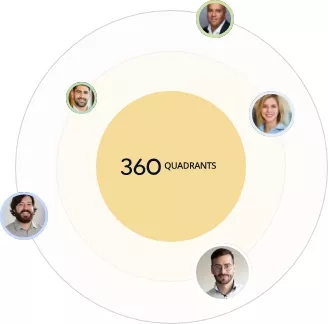Passive fire protection coatings are protective barriers that are applied on substrate such as steel, wood, and cables to provide protection or rescue and evacuation time in the event of fire. They are mainly used in building & construction and oil & gas industries to prevent hazards from hydrocarbon and cellulosic fire. The main purpose of these coatings is to prevent life and property damage as well as protect equipment. These coatings protect the substrate from fire but do not reduce the spread of fire.
The passive fire protection coatings market is projected to reach USD 4.02 Billion by 2022, at a CAGR of 6.6% between 2017 and 2022. The growth of the passive fire protection coatings market is primarily driven by the increasing demand from end-use industries such as building & construction, oil & gas, and transportation. The building & construction industry is one of the major consumers of passive fire protection coatings. Such coatings are added so that the steel structure in a building withstands fire and prevents it from reaching the critical temperature at which the structure may collapse. These are used in high rise buildings, sports stadium, and other applications. The growing use of passive fire protection coatings in equipment protection and various offshore and onshore applications in the oil & gas industry is driving demand.
The passive fire protection coatings market is segmented on the basis of end-use industry, such as building & construction, oil & gas, transportation and others (marine and tunneling). The building & construction segment is expected to be the largest and is also projected to be the fastest-growing segment during the forecast period. The market for passive fire protection coatings in the building & construction industry is growing rapidly due to the implementation of stringent regulations and increasing awareness regarding safety and security of people and assets. Also, demand for new transport and utility infrastructure, institutions, healthcare facilities and expansion of businesses and manufacturing facilities are the key growth factors in the demand for passive fire protection coatings in the building & construction segment.
The passive fire protection coatings market is segmented on the basis of type into intumescent and cementitious coatings. Intumescent coatings is the largest type segment of the passive fire protection coatings market, in terms of value. Intumescent coatings require lower maintenance, improve durability, provide longer shelf-life, and also help the corrosion protection of steel structures in buildings. Hence, these properties of intumescent coatings are expected to foster the growth of these type of coatings in the passive fire protection coatings market.
The passive fire protection coatings market is segmented on the basis of technology into solvent-based and water-based coatings. The water-based technology is the largest technology segment of the passive fire protection coatings market, in terms of both, value and volume. Demand for water-based passive fire protection coatings has increased mainly due to their eco-friendly nature. These are solvent-free, VOC-free coatings that are widely used and are seen as potential replacement for coatings with VOC content. These are broadly used in infrastructure & construction, oil & gas, and marine applications.
Asia-Pacific, Europe, and North America are the key passive fire protection coatings markets. The market in the Asia-Pacific region is projected to grow at the highest CAGR between 2017 and 2022, in terms of both, value and volume. The growing middle-class population and the rising standards of living are expected to lead to an increase in the demand for fire protection coatings due to the rise in the use of passive fire protection coatings in various industries, such as building & construction and transportation. Market participants are considering shifting their production bases from North America and Europe to sites in the Asia-Pacific as there are less stringent norms and standards for safety and environmental compliance in China. Moreover, there is easy availability of cheap labor. In the Asia-Pacific, India is expected to be one of the high growing passive fire protection coatings markets during the forecast period. The growth is attributed to the growing construction sector and urbanization. Initiatives, such as Make in India, introduced by the Indian government are driving the growth of the construction and infrastructure sectors of the country.
Stringent regulations and norms are driving the market for passive fire protection coatings as newly constructed buildings need to meet the required safety and fire resistance standards. However, lack of awareness amongst potential end users is posing a challenge to the passive fire protection coatings market players. Akzo Nobel (The Netherlands), PPG Industries (US), The Sherwin-Williams Company (US), Promat International (Belgium), Carboline (US), Hempel A/S (Denmark), KANSAI PAINT (Japan), Nullifire (UK), Jotun (Norway), and Teknos Group (Finland) are the leading companies in the passive fire protection coatings market.



